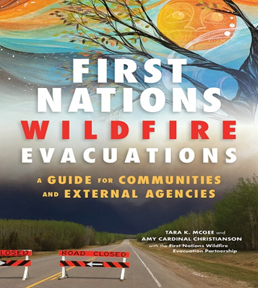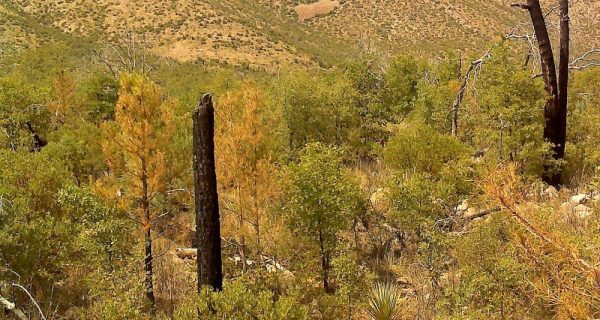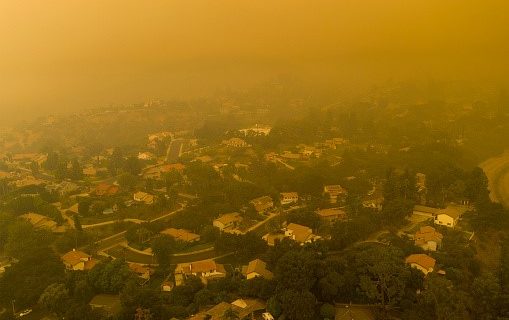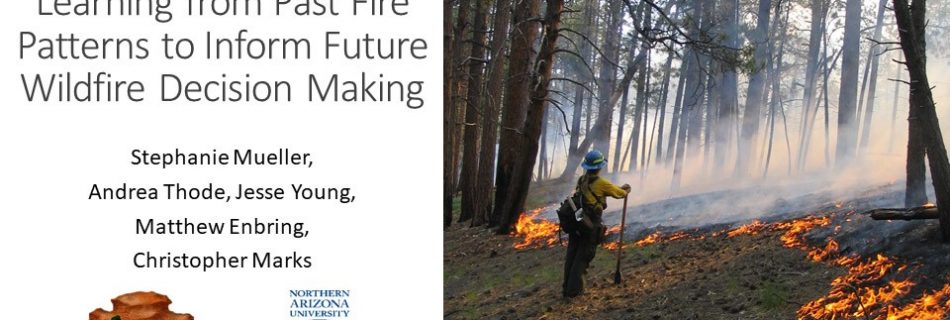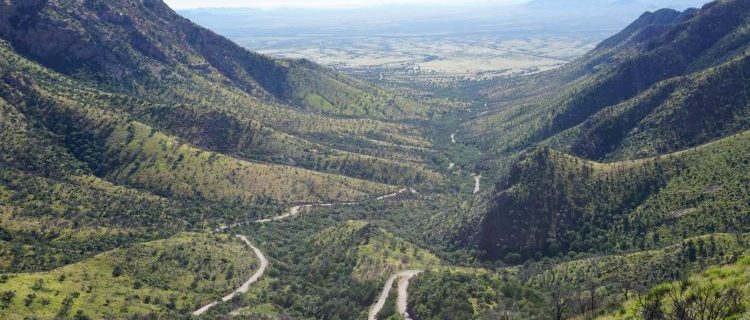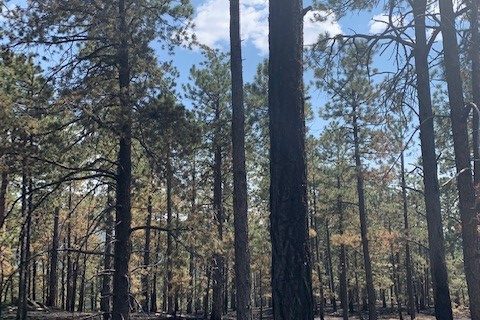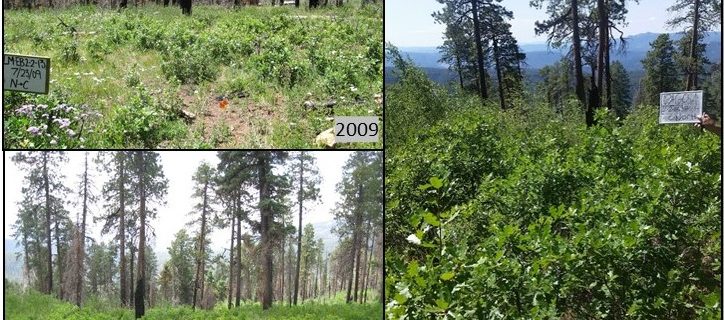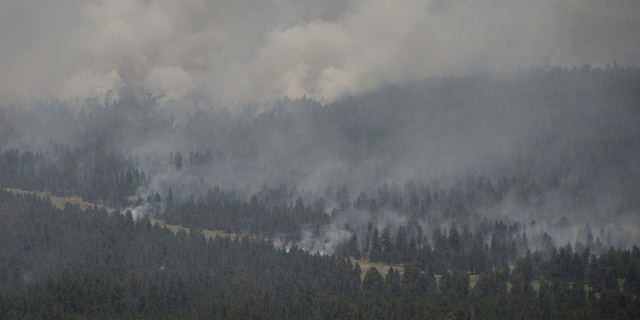First Nations Wildfire Evacuations: A Guide
Presenter: Dr. Henok W. Asfaw, Postdoc and Project Manager for the First Nations Wildfire Evacuation Partnership Project, University of AlbertaDate: November 18, 2021 12pm Mountain Time In this presentation, we will present results of research carried out as part of the First Nation Wildfire evacuation partnership in Canada and was recently published in a book …

